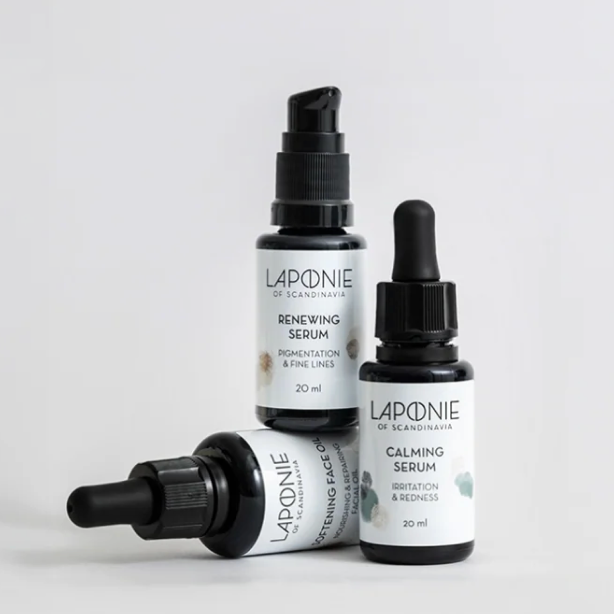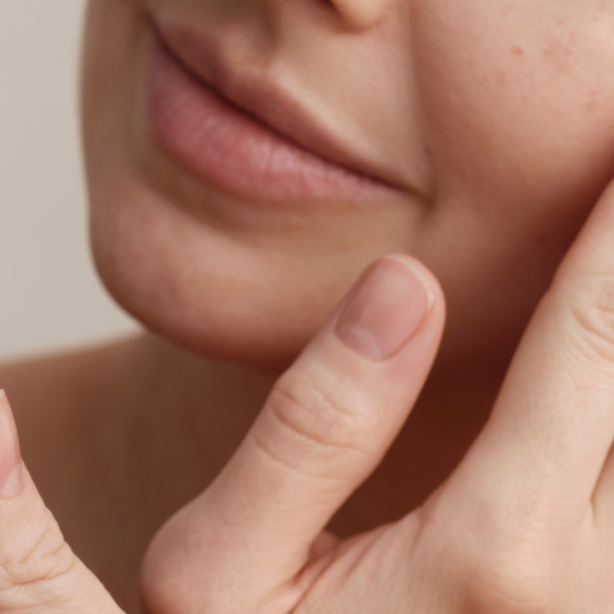
WHY ARE PRESERVATIVES USED IN SKINCARE?
Water is the basis of all life and the perfect growth medium for micro-organisms. Germs really don’t need much more. A cosmetic product that has water in it will usually spoil in a matter of days without a preservative, and so an efficient preservative system protects cosmetic formulations containing water from microbiological contamination, e.g. overgrowth of moulds, yeasts and bacteria, providing appropriate shelf life for products and making them safe to use.
When you have microbes growing in a product, it can not only look and smell disgusting, but also cause skin and eye reactions, infections and be dangerous to use. There are cases where spoiled products have caused staph infections and even blood poisoning – all it basically takes is a small wound and a bit of spoiled product. Preservatives are there not only to make the product last, but also to protect the consumer.
Products not containing water do not need preservatives in order to have an acceptable shelf life and be safe. In terms of “preservative free”, this can also include formulations containing higher percentages of ethanol and formulations with a pH value not favouring micro-organism growth. Airtight packaging can also ensure the absence of microorganisms. Storing products in the fridge only slightly slows down microbial growth.
While the most common source of microbial contamination is from the user’s fingertips, contamination can also occur during the manufacturing process. Factories that do not practice good hygiene or inadequately follow GMP (Good Manufacturing Practice) may also inadvertently contaminate the product during manufacturing or filling. It is therefore crucial that although the product might be contaminated, the growth of any microbes is inhibited (meaning they won't grow) by a robust preservative system.
WHAT PRESERVATIVES ARE COMMONLY USED IN SKINCARE?
The most common preservatives used in cosmetic products are parabens, formaldehyde donors, phenol derivatives (such as phenoxyethanol), quaternary compounds, alcohols (e.g. ethanol, benzyl alcohol and phenethyl alcohol), organic compounds such as organic acids and their salts, and certain diols, such as butylene and caprylyl glycols. Many of the preservatives used in skincare are not capable of preserving a product alone, i.e. are active against just say moulds and yeasts but not bacteria, and so an effective preservative system is usually made up of several preservatives.
In natural cosmetics, the preservatives usually used are alcohols, some phenol derivatives, organic compounds and certain diols. Including high-ish amounts of e.g. glycerine can also boost the preservative power of a system.
WHAT PRESERVATIVES DO YOU USE AT LAPONIE AND WHY?
It is particularly challenging, but fun, to create efficient preservative systems for natural skincare - and systems that will suit sensitive skin to boot. At Laponie, we mostly use organic acids and their salts, which are considered gentle on the skin, combined with glycerin and plant-derived propanediol. Organic acids require an acidic pH to work, often around pH 5, which is a good thing as it is close the pH of healthy skin. We also put a lot of effort into creating unique preservative systems for each product, rather than just using the same combination. This way we try to avoid over-sensitization to one single preservative, especially in our leave-on products.
We stay away from alcohols as we find they can be drying and irritating to the skin, as well as phenyl derivatives, in particular phenoxyethanol. After parabens fell out of fashion (and got, in our opinion, an unjustly bad reputation), the most commonly used preservative in skincare, both natural and synthetic, became phenoxyethanol, as it is effective and easy to use. Today, it is not COSMOS (COSMetic Organic and Natural Standard) certified and as such not approved by e.g. the Soil Association, and so many natural brands tend to steer away from it. Also, and most important for us, phenoxyethanol is not necessarily ideal for sensitive skin or allergic skin - e.g. the Finnish Asthma and Allergy Association does not give its Allergy marking to products which contain more than 0,7% phenoxyethanol (even though the general recommended maximum dosage is up to 1%), as a higher dose has been found to cause sensitisation and irritation on sensitive skin. Last, our founder Kristina has developed an over-sensitivity to phenoxyethanol, and cannot use anything containing it.
Waterless products, like our Softening Face Oil and All-Around Balm, do not in general require preservatives. However, it is extremely important to not get even one drop of water or liquid mixed into such a product. In our balm we use vitamin E to prevent rancidity of the product, but it is good to remember that anti-oxidants do not have preservative properties as such.
Our Mild Milk Cleanser and Gentle Gel Cleanser are preserved with a combination of sodium levulinate, sodium anisate and plant-based glycerine.
Sodium levulinate is the sodium salt of levulinic acid, an organic acid that in this case is derived from sugarcane.
Sodium anisate is the salt form of star anis derived organic acid. Both exhibit anti-microbial and skin conditioning properties. At the appropriate pH, the salts transform into acid, and voilà – product preserved.
Our Balancing Essence uses the same sodium levulinate as our cleansers, but in combination with potassium sorbate, dehydroacetic acid and p-anisic acid.
Potassium sorbate is widely used in a variety of foods and personal care products. It works by inhibiting the growth of moulds, yeasts and bacteria to preserve the freshness and quality of foods, beverages, or cosmetic products. Potassium sorbate is the potassium salt of sorbic acid, which is naturally occurring in some berries, although virtually all of the world's production of sorbic acid, as well as potassium sorbate, is manufactured synthetically.
Dehydroacetic acid is chemically synthesised through a multi-step reaction, starting with acetylene. Although it is not plant derived, it is approved by natural certification institutes such as COSMOS thanks to its mildness, as well as the absence of any alternative registered (approved) natural preservatives under the EU cosmetic regulation.
P-anisic acid is the acid version of sodium anisate. We use it to boost our preservation system and also to regulate the pH of our toner. It also exhibits anti-inflammatory properties.
Our Light Face Cream is preserved with a combination of sodium dehydroacetate and sodium levulinate, boosted by honokiol and magnolol, which are magnolia bark derived antioxidants and can also protect skin against inflammation and reduce skin redness.
Sodium dehydroacetate is the sodium salt of dehydroacetic acid, and like its acid form is chemically synthesised through a multi-step reaction, starting with acetylene. It is COSMOS approved, like its acid counterpart, and gentle on skin.
Our Calming Serum is preserved with a combination of sodium levulinate, sodium anisate and plant-based glycerine and propanediol.
Our Purifying Serum is formulated without any added preservatives. Because of the high level of anti-microbials in the product, propanediol, zinc PCA and copper PCA, the Clarifying Treatment is entirely self-preserving.
Finally, as with everything in chemistry, for preservatives dose is key and it is good to remember that all cosmetic ingredients allowed in the EU are rigorously monitored for safety. In terms of preservatives, the EU allows 59 substances for cosmetics, and has defined maximum percentages of use for these. Still, what may work for someone, may cause irritation on the next person. Which is why we test on humans, starting with ourselves. But please bear in mind, that at the end of the day, a contaminated product is much more dangerous for the user than a preservative.



